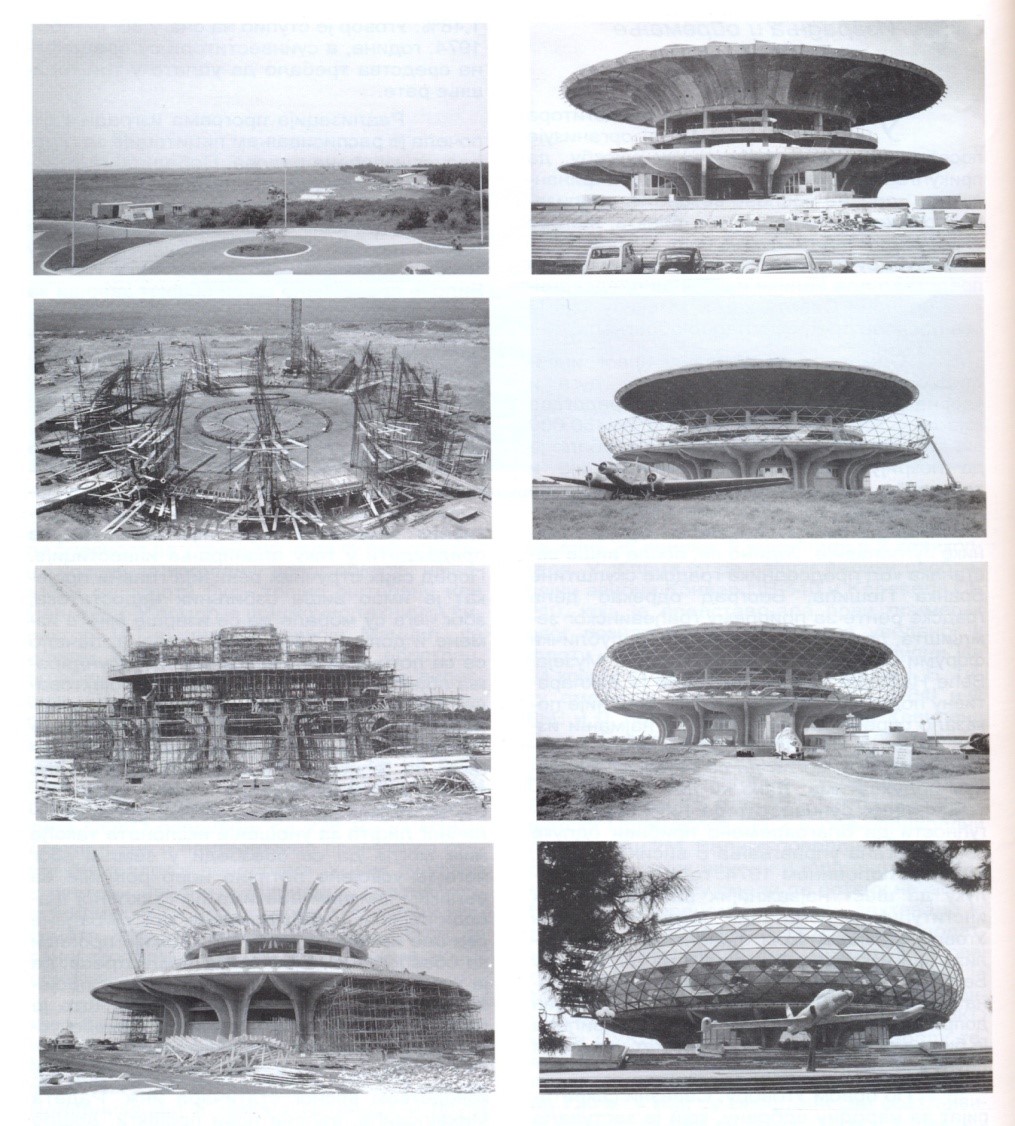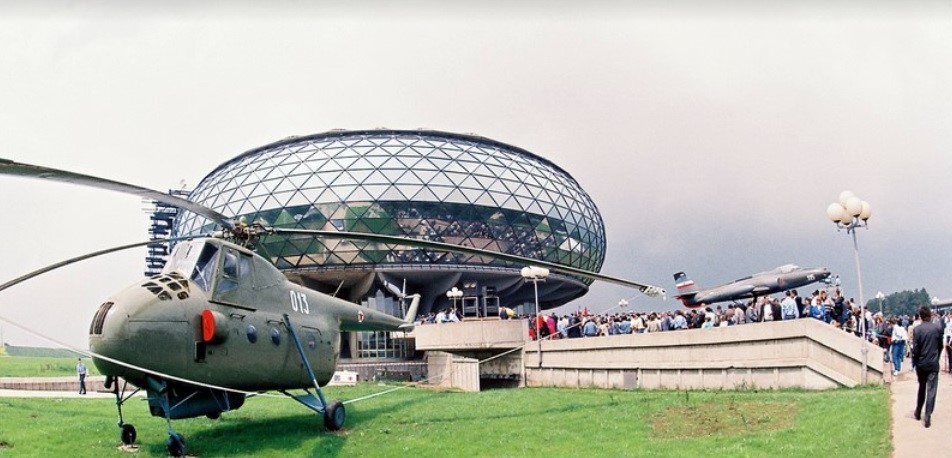History of the Aeronautical Museum
The Aeronautical Museum belongs to the group of technical-historical museums. It falls into the category of specialist museums that cover and display one area of human activity. In this case, that area is the national aviation, then the aviation in the world in general. The aerospace industry and technology are important factors in this area and its development, and as such have found a suitable place in the concept of the Museum.
The Aeronautical Museum in Belgrade was founded in 1957 with the desire to preserve material testimonies important for the emergence and development of aviation in our region. At that time, the "Department of History and the Museum of the Yugoslav Air Force" was established in one office at the Air Force Command in Zemun. The first tasks, also the most important, were collecting, processing and storing objects and documentation, as well as forming collections. The year 1960 will bring changes. The decision was made to move the Museum to the old Belgrade airport. An area of over 500 m2 was obtained, on the ground floor of the pre-war officers' club building. This significantly improved the working conditions and enabled the creation of the first real aviation collection. With the growth of the Museum and its fund, it gradually became clear that the Museum needed an adequate building, with a much larger exhibition space, depots, workshops and other ancillary facilities. The location at the new Belgrade airport was chosen because of the largest space and the possibility of expansion, and the Museum fit well into the modern airport environment. Finally, on the day of the Yugoslav Air Force, May 21, 1989, in the presence of representatives of the founders, the media, as well as thousands of people, a new museum building was ceremoniously opened, which is a modern and attractive architectural work.

Construction of the Aeronautical Museum
In parallel with the construction of the building, active work was actively done on arranging the first permanent exhibition, which will be located in three levels, on 6,000 m2. Plans were made for the appearance of the exhibition, new exhibits were procured. Exchanges were also made with foreign museums and collectors. Versatile work continued on the collection of aircraft, as well as various historical documents and objects, which increased the importance of existing collections and at the same time enabled the creation of new ones. The permanent exhibition is still a mirror of the Museum. It presents the development of one hundred years of aviation, from the pioneer period to the modern age.

The museum persistently preserves the acquired status and reputation among world-renowned institutions of this type. The number of visitors who have visited the Museum at the current location so far exceeds 1,300,000.

